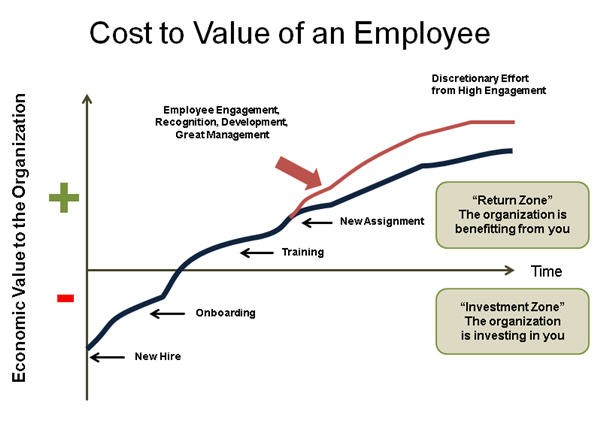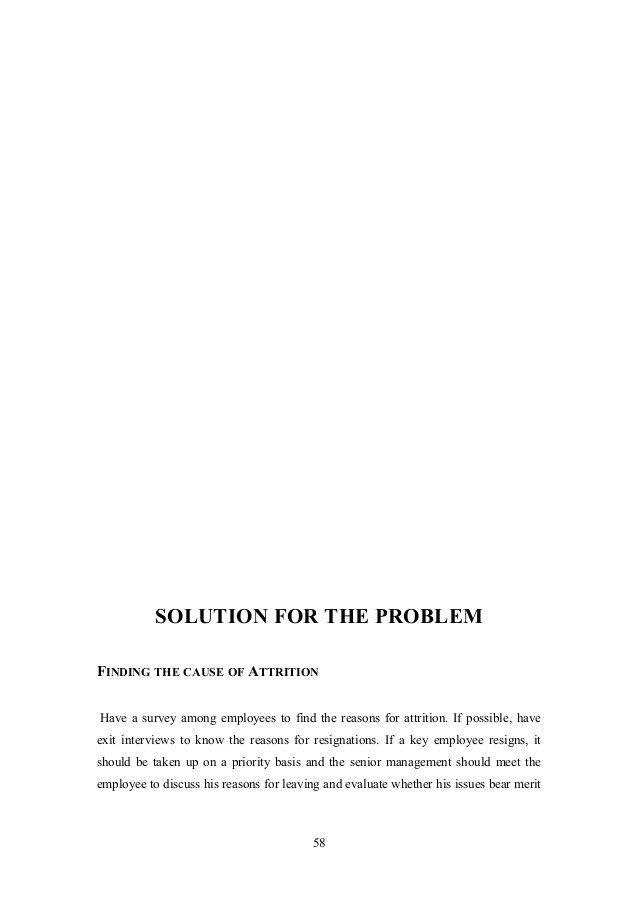Online Tutorial #6 How Do You Calculate The Cost of Employee Stock Options
Post on: 23 Май, 2015 No Comment

Online Tutorial #6: How Do You Calculate The Cost of Employee Stock Options?
We discuss the impact of Employee Stock Options (ESOs) in the Appendix to Chapter 5, entitled Employee Stock Options and Expectations Investing. Stock options can materially affect shareholder value, and thus our Price-Implied Expectations analysis.
In this tutorial, we give further detail and provide data sources for the analysis of Microsoft’s ESOs. In particular, we drill down on two primary ways in which ESOs can affect the expectations investing process:
1. Outstanding stock options. Already issued and currently outstanding ESOs represent an economic liability from the perspective of shareholders. Thus, you must subtract outstanding ESOs, like debt, from corporate value to derive shareholder value.
2. Future option grants. Options to be granted in the future represent an economic cost that you must subtract from future cash flows.
We walk through both calculations below. Readers who want to calculate the cost of ESO for this Microsoft case study may also wish to download the accompanying spreadsheet. Please note that certain numbers in this tutorial may differ slightly from the book, as we have incorporated some additional steps in this more detailed analysis. For example, in this exercise, we adjust for the fact that ESOs are really a warrant. In the book, we simply referred to this in a footnote.
Readers who want to analyze the cost of Gateway’s ESOs may wish to download this spreadsheet .
Finally, readers interested in exploring this subject further may be interested in a lengthy CSFB Equity Research Report on ESOs — entitled A Piece of the Action — that can be downloaded by clicking here .
Step 1: Valuing Outstanding Stock Options
We can value the economic liability that outstanding stock options using information dislosed in a company’s Annual Report. Here, we walk through this calculation, using Microsoft as a case study.
The first step is to value the ESOs using the Black-Scholes option pricing method. Microsoft gives us detailed information on options in five groups—each with its own range of exercise prices. To calculate the Black-Scholes value, we must combine this information with our estimates of the following six parameters for each group:
1. Stock price. Microsoft closed at $80.00 on June 30, 2000. Enter the stock price in cell C29 of the Inputs worksheet and the date in cell C28.
2. Weighted average characteristics of outstanding stock options . The annual report and 10-K SEC filing give this information for each group of outstanding options. To find these data, we can consult the Microsoft Investor Relations web site and look on page 13 of the Financial Review section in the fiscal 2000 annual report. Specifically, look at the table under the text For various price ranges, weighted average characteristics of outstanding stock options at June 30, 2000 were as follows. In the spreadsheet, transcribe this data into the cells ranging from B4 to G10. In addition to the number of options granted and the weighted average exercise price, it is also necessary to note the expected life of the options . Microsoft reports this data point as “Remaining life (in years)” for each group of outstanding options. We use this number to value the company’s ESOs. Note that we are using the option’s contractual life, not its expected life. If we used an average expected life of 6 or 7 years, which accomodates the likelihood of early exercise, the value of each option is approximately 10 to 20% lower.
3. Risk-free rate. The appropriate risk-free rate is the rate associated with the risk-free zero-coupon security with the same maturity as the option. For example, to use a Bloomberg terminal to obtain the yield of a zero-coupon Treasury Bill expiring in a year, type “B mm ” and hit the button. (Note that “mm” stands for the month of the T-bill’s expiration.) In practice, using the rate of return on five-year government treasury bonds will come close to this number. Sources for the ten-year treasury bond include:
- CBS Marketwatch. Even unregistered users can use CBS MarketWatch’s free bond quotes by clicking here.
- New York Times. Any user can see the 10yr. Tres. Yield on the front page of the New York Time’s web site by clicking here. To get further details on the five-year government treasury bond, you can register free of charge.
- Wall Street Journal. Paid subscribers to the WSJ’s online service can find quotes for key interest rate measures.

Another common practice is to use the risk-free rate assumed by the company. While this may be an acceptable shortcut, the value of ESOs may change if rates fluctuate or if the company picks a inappropriate risk-free rate. You can find the company’s assumed risk-free rates in the last paragraph of page 13 of the Financial Review section in the fiscal 2000 annual report. Transcribe this number into cell C30 of the Inputs worksheet.
4. Volatility. This parameter refers to the expected volatility—technically, the standard deviation—of the underlying stock. This number should be entered into cell C31 of the Inputs worksheet.
Companies disclose their own estimate of volatility, which can serve as the starting point for this analysis. However, as with risk-free rates, companies have an incentive to choose a lower volatility level, so using a company’s estimate may result in understating the value of outstanding options. This data point can also be found in the last paragraph of page 13 of the Financial Review section in the fiscal 2000 annual report .
5. Dividend yield (q). This equals next year’s expected dividend per share divided by the share price. Note that this assumes that the company has a constant dividend yield over the option’s life. Alternatively, this assumption can be relaxed by assuming the dividend yield is zero and lowering the stock price by the present value of future dividend payments expected during the life of the option. We can find the dividend for any stock at many sources including Yahoo and CBS Marketwatch. Enter the dividend in dollars into cell C32 of the Inputs worksheet.
Using these inputs, we can calculate the value of each group of Microsoft’s employee stock options.
To illustrate this methodology, the remainder of this tutorial on outstanding ESOs develops the Microsoft ESO case study described in the appendix to Chapter 5, focusing on valuing a group of Microsoft’s fiscal 2000 ESOs with an exercise price ranging from $83.29 and $119.13.
There are four main steps:
1. Black-Scholes valuation. Microsoft’s 2000 Annual Report shows that the company had approximately 166 million of these ESOs outstanding. The company also discloses the inputs it uses to calculate the Black-Scholes value of its annual option grants. For the purposes of this exercise, we have valued Microsoft’s outstanding ESOs using these same estimates (see Table 1).
Table 1
Characteristics of Microsoft’s ESOs with Exercise Prices between $83.29 and $119.13, Fiscal 2000














